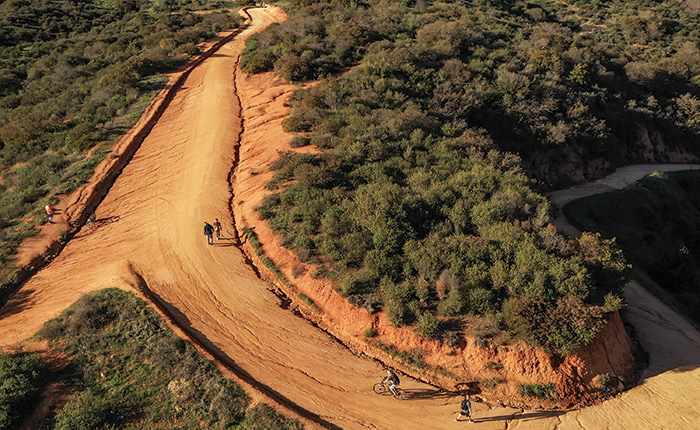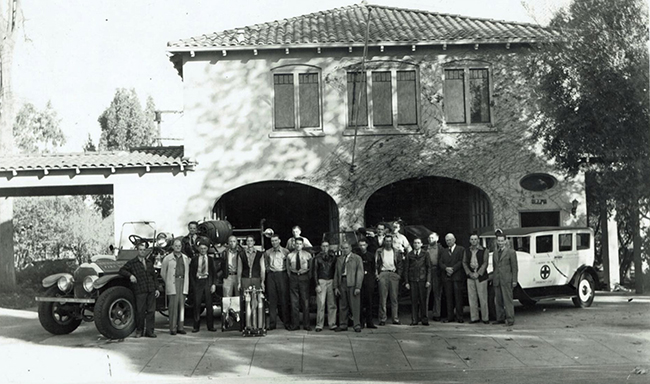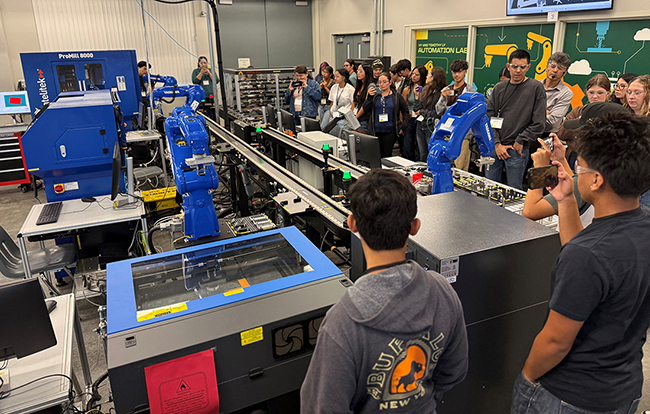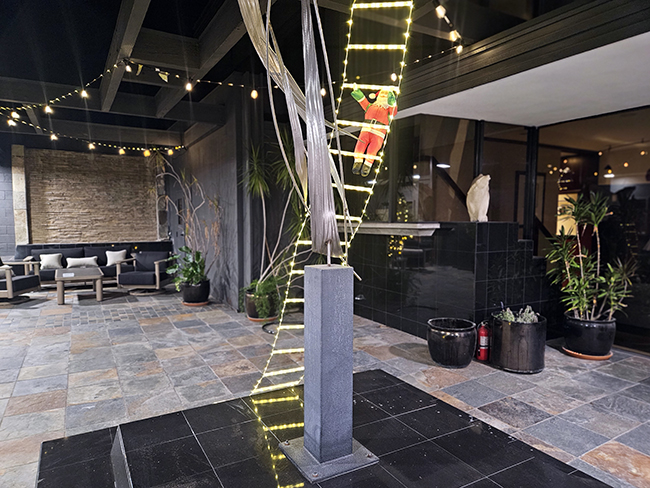Should e-bikes be allowed in the Wilderness Park?

By Peter Weinberger | pweinberger@claremont-courier.com
Electric bikes have become a hot topic — largely due to safety concerns, especially when riding around other people. And that’s nearly all the time. Yes, e-bikes are regulated, but enforcement is difficult, especially when it comes to limiting power and speed. As a longtime e-bike rider, and having lived and rode in several states, I can tell you: e-bike rules are enforced inconsistently and are easily ignored. Claremont has taken an active step by creating an ordinance with limited use of e-bikes in the Wilderness Park.
Three classes of e-bikes
Claremont has a conservative approach regarding the class of bikes they allow in the Wilderness Park. E-bikes are regulated at the state, federal, and even city level, so you’d think there would be clear rules of the road. But they can vary and usually refer to use on the street only.
In the Wilderness Park there are now three permitted classes of e-bikes. The first two, class I and II, limit e-bikes to 20 mph. After that, the motor turns off but you can always pedal. Some e-bikes use a throttle, while others are pedal assist. Class III e-bikes reach up to 28 mph, using pedal assist only.
Motors can be regulated too, in the Wilderness Park it’s a maximum of 750 watts. That’s easily enough power for a 200-pound person to reach 28 mph on a slight incline without pedaling. The majority of e-bikes are equipped with 250, 350 or 500-watt motors. This also limits the bike’s weight to under 60 pounds. These numbers mean lower speeds and less damage on the trails.

Electric bikes have become a hot topic due to safety concerns and inconsistent rule enforcement, leading Claremont to take an active step by creating an ordinance limiting their use in Wilderness Park. Courier photo/Peter Weinberger
Is it a bicycle or e-bike?
I started riding e-bikes 17 years ago due to neuropathy in my feet. It opened up a whole new world for outdoor exercise. Back then, hardly anyone knew e-bikes existed — you could only find them online, and usually from far-off places. There were no regulations, simply because no one was using them. Most models were under $2,000 — typically a basic bike with a motor and battery. I rode a 250-watt, pedal-assist bike for years. It helped me go farther, a little faster, and most importantly, conquer hills — including the ride up to Mt. Baldy Village from Claremont.
Because they were built on traditional bike frames, it was hard to tell I was even riding an e-bike. There was nothing more satisfying than passing a serious cyclist uphill on my clunky-looking bike. The looks I got were priceless — usually a mix of confusion and irritation.
For a while, I used the popular cycling app Strava to track my rides and connect with other riders. The problem? I kept getting messages from people wanting to follow me because of the fast times I was posting. On top of that, riders who logged the fastest time on a route were dubbed “King of the Hill.” I earned that title about a dozen times before finally setting my rides to private.
Enter: dirt e-bikes, bigger motors
Starting around 2018, manufacturers began producing e-bikes with motors larger than 750 watts, specifically designed for off-road use. Why? Because off-road vehicles aren’t subject to the same regulations as street-legal bikes — unless a local ordinance like Claremont’s says otherwise. These models often resemble traditional dirt bikes but are equipped with oversized motors and batteries — some packing five to six times more power. That’s enough to reach speeds of 55 mph for adult riders.
Some of these dirt e-bikes have pedals, but they’re often just for show — not connected to anything. It makes the bike appear street legal, even when it’s not. They often feature long, bench-like seats and large frame-mounted batteries. Once an e-bike exceeds 750 watts, pedaling becomes unnecessary — the motor does all the work. At that point, it’s more like a lightweight electric motorcycle.
Fast forward to 2025
Electric off-road e-bikes have gone full mainstream and become big business. I’ve seen them rode in city parks, on light trails, around cul-de-sacs — you name it. There are even kid-sized models that range from 500 to 1,000 watts, for riders lighter than adults, increasing their speeds. And naturally they have been showing up in the Wilderness Park.
This may seem obvious, but going downhill, all bikes — electric or not — are essentially the same. It becomes a rider’s decision about how fast to go. And while e-bikes are heavier than regular bikes, they don’t necessarily cause more damage to trails. It’s the rider’s weight and condition of the trail that typically matters most.
Pedal Electric Bikes in Los Angeles has several models on sale that have dual 1000-watt motors on each wheel. They don’t look any larger than lower powered models but some have no speed limit settings. Which gets back to enforcement. How is a park ranger going to tell the size and settings of e-bikes riding in the park?
Ultimately, it all comes down to rider behavior. An aggressive rider is going to take risks — no matter how old they are or what kind of bike they use. Focusing on rider behavior will be the most effective way to help maintain a safer environment on the trails.
Even with all the concerns about safety, it would be a shame to restrict e-bike use in the Wilderness Park. As mentioned earlier, e-bikes offer a great way to get exercise while enjoying the outdoors — especially for people like myself who might not be able to ride a traditional bike. Claremont has already taken positive steps to regulate e-bike use, and at the very least, we should give it a fair chance. Let’s see if e-biking can be a safe and enjoyable option for more of us.










0 Comments